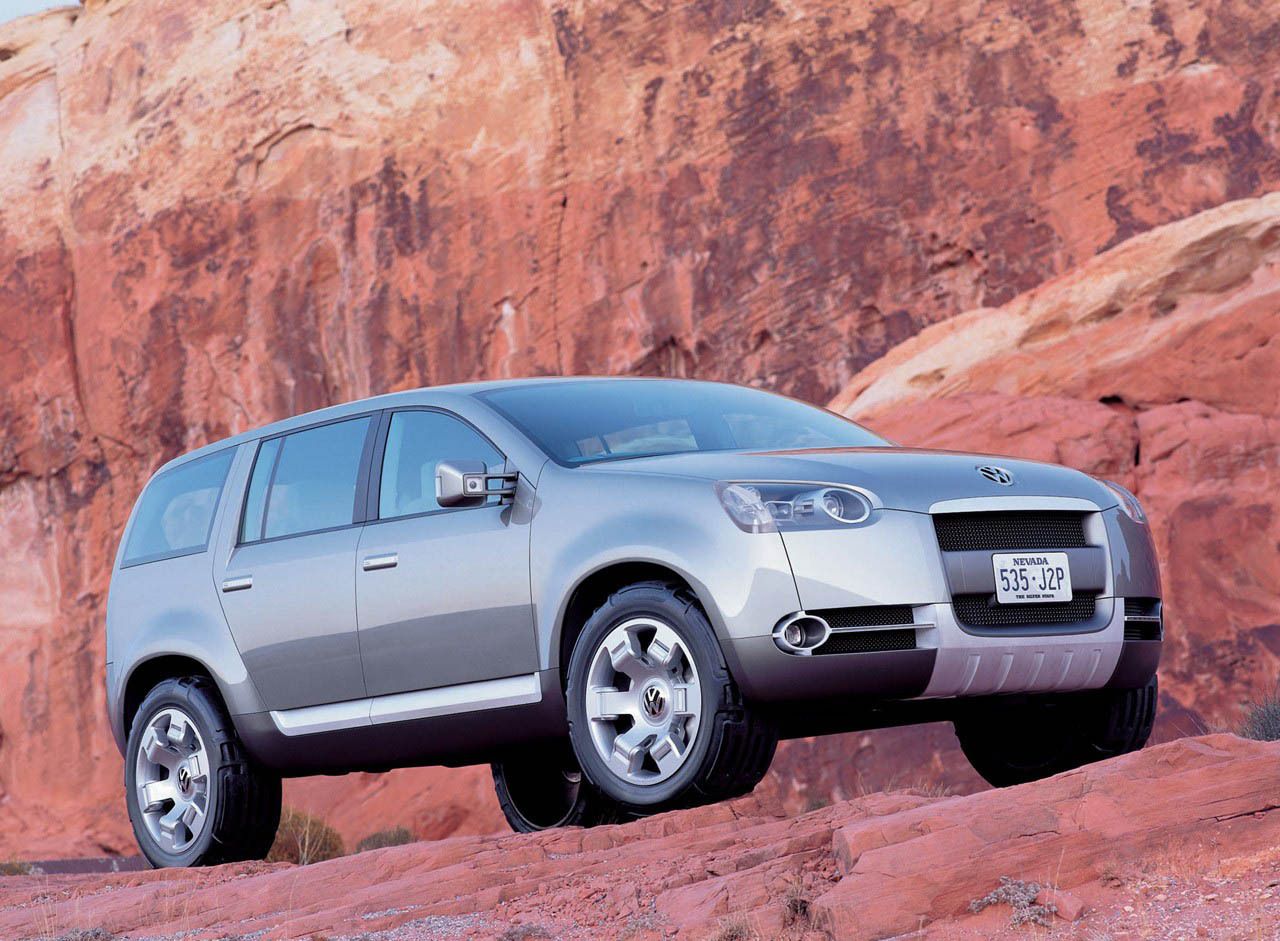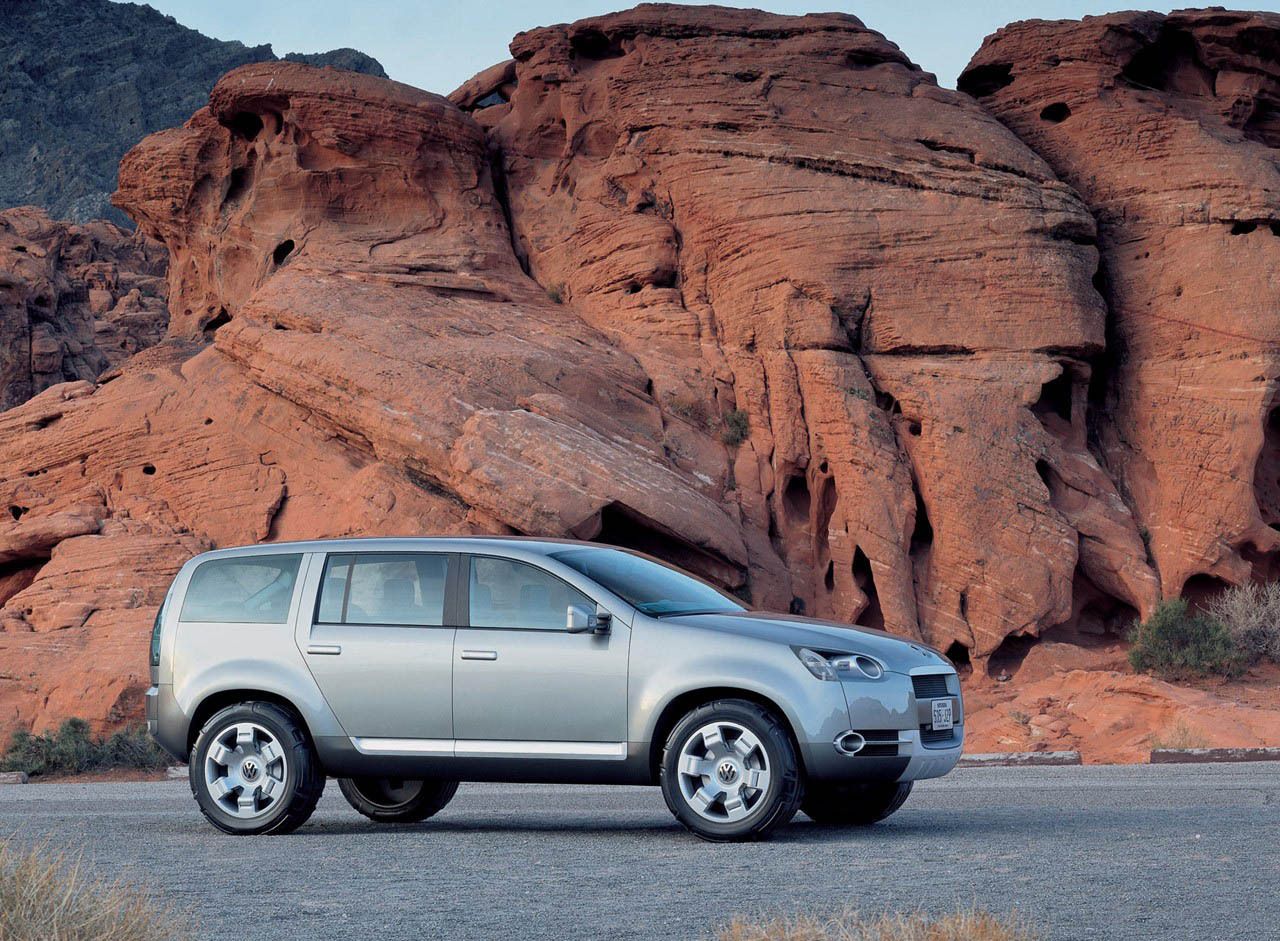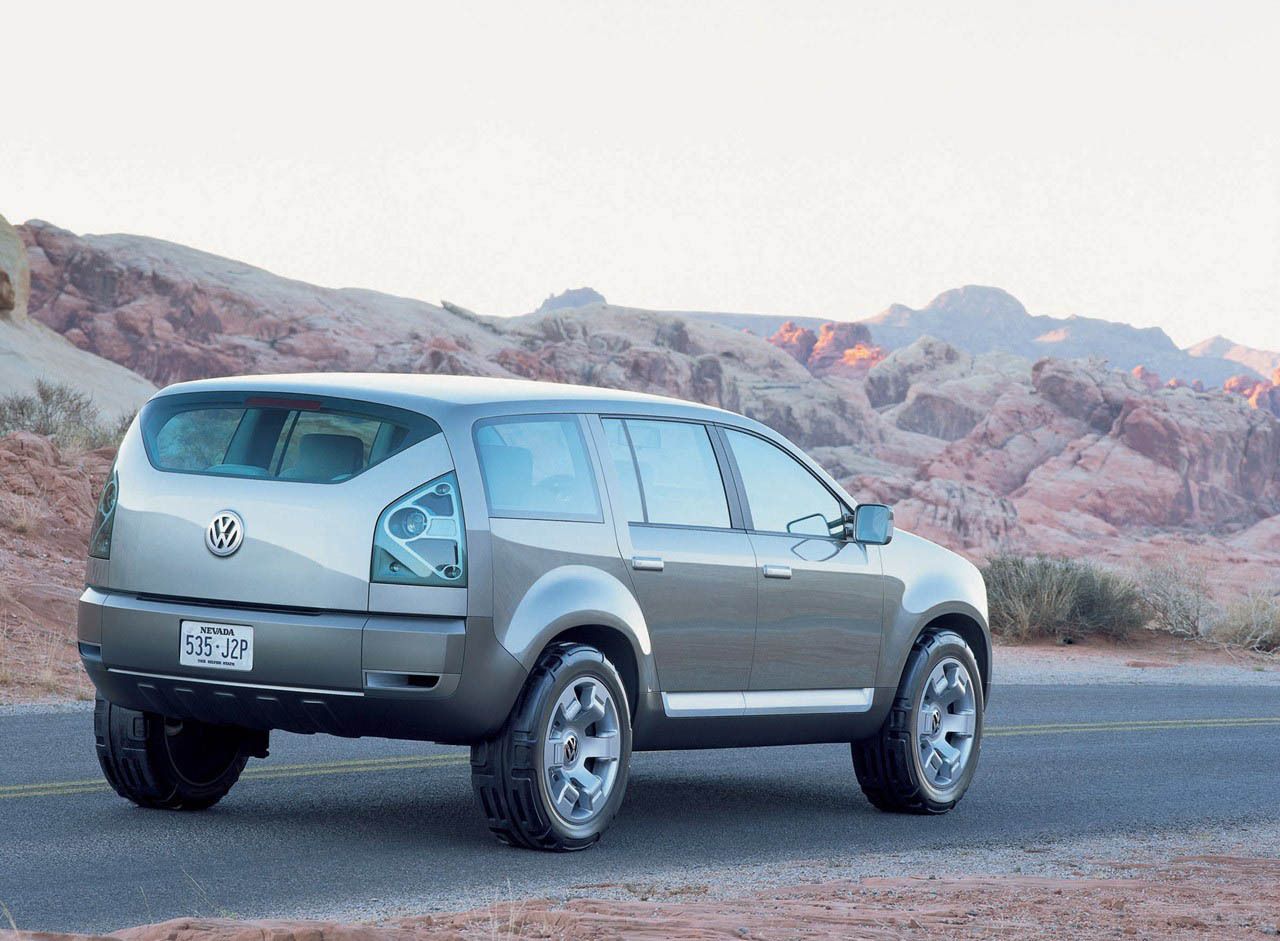Volkswagen has a tradition of giving a preview of an exciting future at the year's first international car show, the North American International Auto Show (NAIAS) in Detroit. At the 2002 Show, the company showed a multi-segment, multi-talented study - a travelling concept for tomorrow's world. Its name: Magellan. Named after the Portuguese navigator Magellan, (Portuguese name, Fernao de Magalhaes ), the concept car has the W8 engine, recently unveiled in the USA, with a power output of 202 kW / 275 bhp. It has four-wheel drive and pneumatic suspension with active hydraulic shock absorption. These features make it sound like an SUV, but the Magellan is more than that. This study, just like its namesake, is at home in several worlds.
2002 Volkswagen Magellan
- Make: Array
- Model: 2002 Volkswagen Magellan
- Horsepower: 275@600
- Torque: 2750
1994 - 1997 Porsche 911 Carrera 4s (993)
- Make: Array
- Model: 1994 - 1997 Porsche 911 Carrera 4s (993)
- Engine/Motor: 3 liter V6
- Horsepower: 180@5500
- Torque: 5000
- Transmission: 6-Speed Manual
- [do not use] Vehicle Model: Array
Design Characteristics
The Volkswagen Magellan reflects the wishes of drivers who can not find the ideal vehicle for their complex needs in the classical SUV, MPV and estate car segments, but who appreciate the core characteristics of these vehicle types. These characteristics include high seat position, off-road capability, spaciousness in the passenger compartment and the luggage compartment, and agile handling. Another essential element is individuality, expressed in an intelligent technical concept and design away from the mainstream.
The design of the Magellan body has the solid look of an off-road vehicle, the spacious clear lines of an MPV and the dynamic appeal of an estate car. The progressive character of the Magellan was created without the use of self-conscious styling or ornaments. The Design-Center Europe used a clearly drawn silhouette to create a body line with homogeneous surfaces. Tension is generated by its crisp proportions and the eye-catching design of individual elements.




